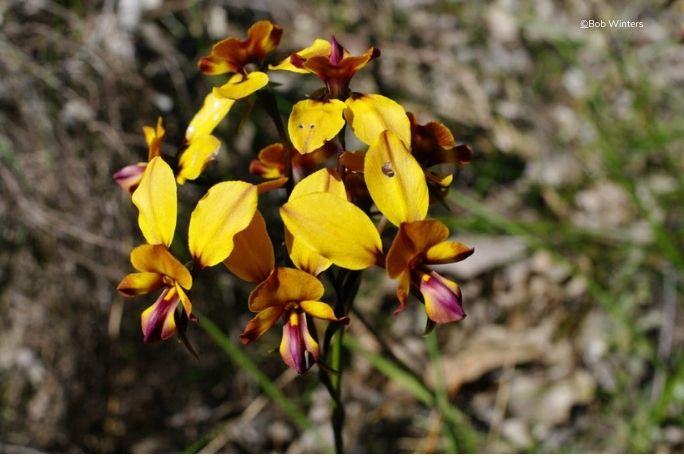Lesson summary
Students design a website for their community to enable them to plant wildlife gardens. They explain on the website the kinds of projects that can be done around the home and the benefits to themselves and local wildlife.
NB – There are two suggested ‘considering social action’ projects. This one and ‘Biodiversity revegetation project.’ These are both lengthy projects and most classes will only have time for one of these.
Learning intentions:
Students will...
- develop an effective communication project relevant to the local community and explain how to increase biodiversity in the home garden.
- use a web based medium to design the communication project.
Lesson guides and printables
Lesson details
Curriculum mapping
Australian Curriculum content descriptions:
Year 9 English:
- Create imaginative, informative and persuasive texts that present a point of view and advance or illustrate arguments, including texts that integrate visual, print and/or audio features (ACELY1746)
- Use a range of software, including word processing programs, flexibly and imaginatively to publish texts (ACELY1748)
Year 9 Science:
- Communicate scientific ideas and information for a particular purpose, including constructing evidence-based arguments and using appropriate scientific language, conventions and representations (ACSIS174)
Year 10 English:
- Create sustained texts, including texts that combine specific digital or media content, for imaginative, informative, or persuasive purposes that reflect upon challenging and complex issues (ACELY1756)
- Use a range of software, including word processing programs, confidently, flexibly and imaginatively to create, edit and publish texts, considering the identified purpose and the characteristics of the user (ACELY1776)
Year 10 Science:
- Communicate scientific ideas and information for a particular purpose, including constructing evidence-based arguments and using appropriate scientific language, conventions and representations (ACSIS208)
Syllabus Outcomes: SC5-9WS, EN5-1A, EN5-2A.
Resources required
- Writing material
- Computers
- Website
- Cameras
Additional info
This is an original Cool.org lesson. Facts and figures in these lessons may have changed since this lesson was published. We always endeavour to update our resources in a timely manner, but if you see an error or issue in our resources please get in touch with us.


Welcome back!
Don't have an account yet?
Log in with:
By signing up to Cool.org you consent and agree to Cool's privacy policy to
store, manage and process your personal information. To read more, please see
our privacy policy here(Opens in new tab).
Create your free Cool.org account.
Many of our resources are free, with an option to upgrade to Cool+ for premium content.
Already have an account?
Sign up with:
By signing up to Cool.org you consent and agree to Cool's privacy policy to
store, manage and process your personal information. To read more, please see
our privacy policy here(Opens in new tab).